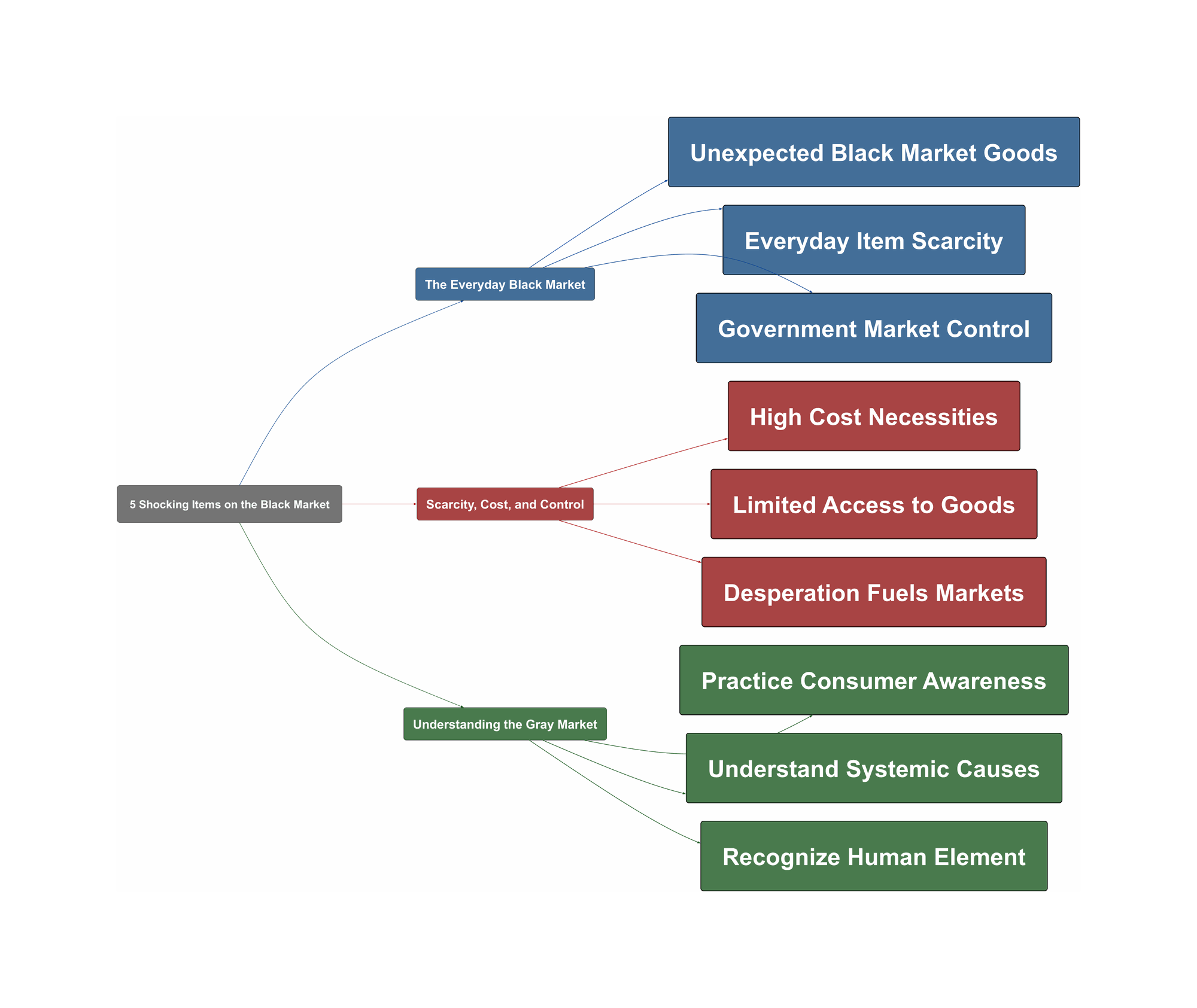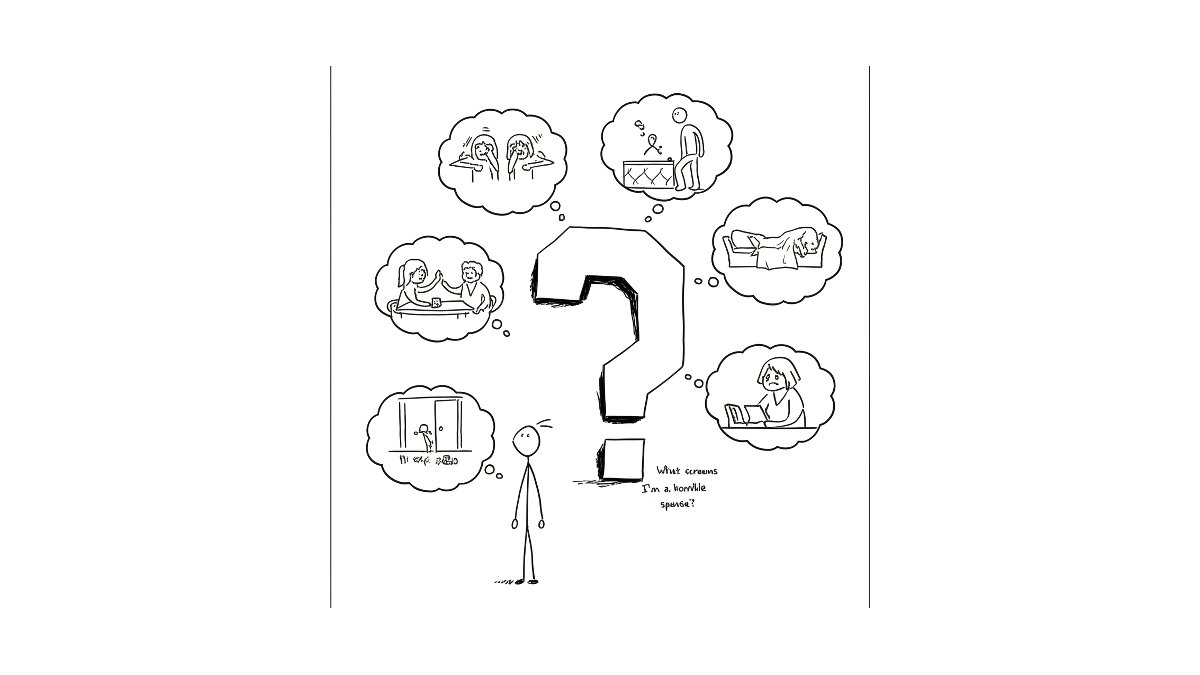When you hear the term ‘black market,’ what comes to mind? Most people imagine shady deals for illegal drugs or weapons. But what if the most sought-after items were actually baby formula, snack foods, and even maple syrup? The reality of underground economies is far more surprising than you might think.
The Everyday Black Market
First, it’s clear that black markets often trade in mundane, everyday products. People aren’t just seeking illicit thrills. They are often looking for simple comforts or familiar brands that are unavailable through normal channels. This creates a strange and sometimes humorous world of underground commerce for ordinary goods.
“Expired Starbucks flavor syrups, which I find both sad and kind of hilarious.”
Furthermore, this isn’t a new phenomenon. For decades, simple consumer goods have held high value in places with limited access. The demand for a taste of home or a popular foreign product can fuel these small-scale markets. It shows how much people value simple, familiar items.
“i asked him what kinds of things he would buy at the black market and he said, ‘doritos’.”
Scarcity, Cost, and Control
However, the reasons behind these markets are often complex. The primary drivers are typically high costs, strict regulations, or extreme scarcity. When essential items become unaffordable or are tightly controlled, people find alternative ways to get them. This is especially true for necessities like baby formula.
“Powdered Baby formula is a highly shoplifted item. Stuff is expensive and sold online next to the laundry detergent.”
Additionally, government intervention can unintentionally create a thriving black market. When a cartel or government body controls the supply and price of a product, it creates an incentive for producers and consumers to operate outside the official system. Maple syrup in Canada is a prime example of this economic pressure.
“Canada has a government cartel for syrup that all Canadian syrup makers have to partake in to be part of that market. The result is a syrup black market.”
Understanding the Gray Market
Therefore, what can we learn from this? The first step is to become a more aware consumer. Understanding that some industries have a dark side can help you make more informed choices. For instance, knowing about fraud in certain food industries encourages you to check your sources.
“I know olive oil has some shady shit going on.”
Ultimately, these stories reveal the human element behind black markets. People often turn to these channels out of need, not greed. Whether it’s to feed a baby, secure clean water, or simply make a living, these markets exist because official systems are failing. Recognizing this desperation is key to understanding the full picture.
“We used to buy water by the barrel when I lived in a town outside Nairobi without a municipal tap. Government corruption made it nearly impossible to have water at all.”




